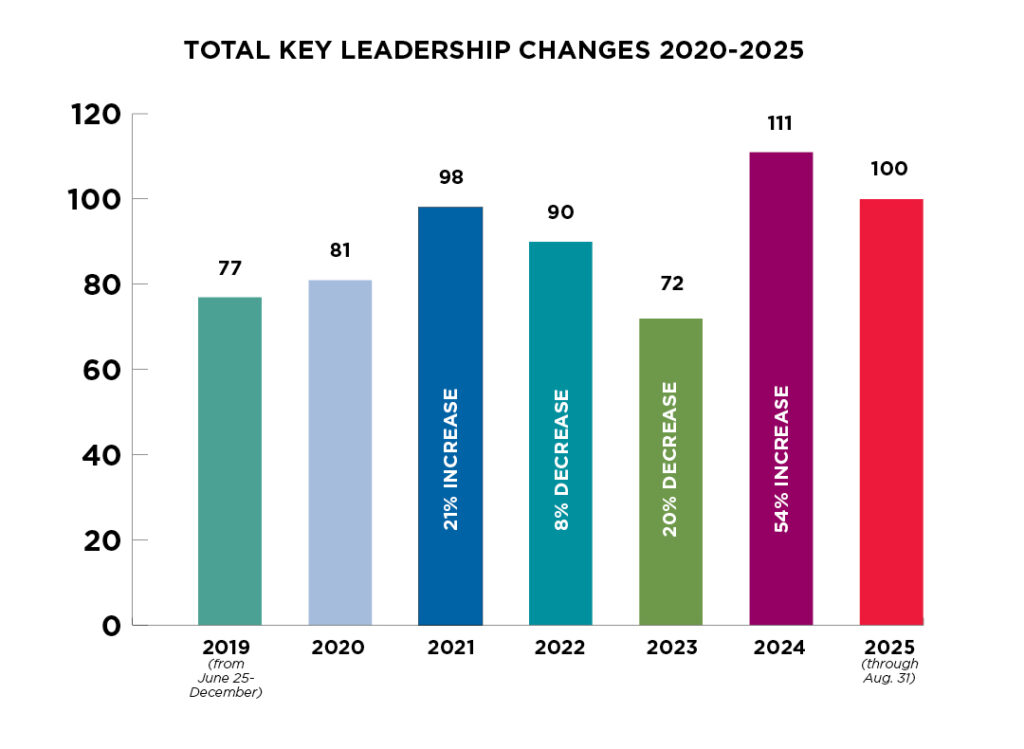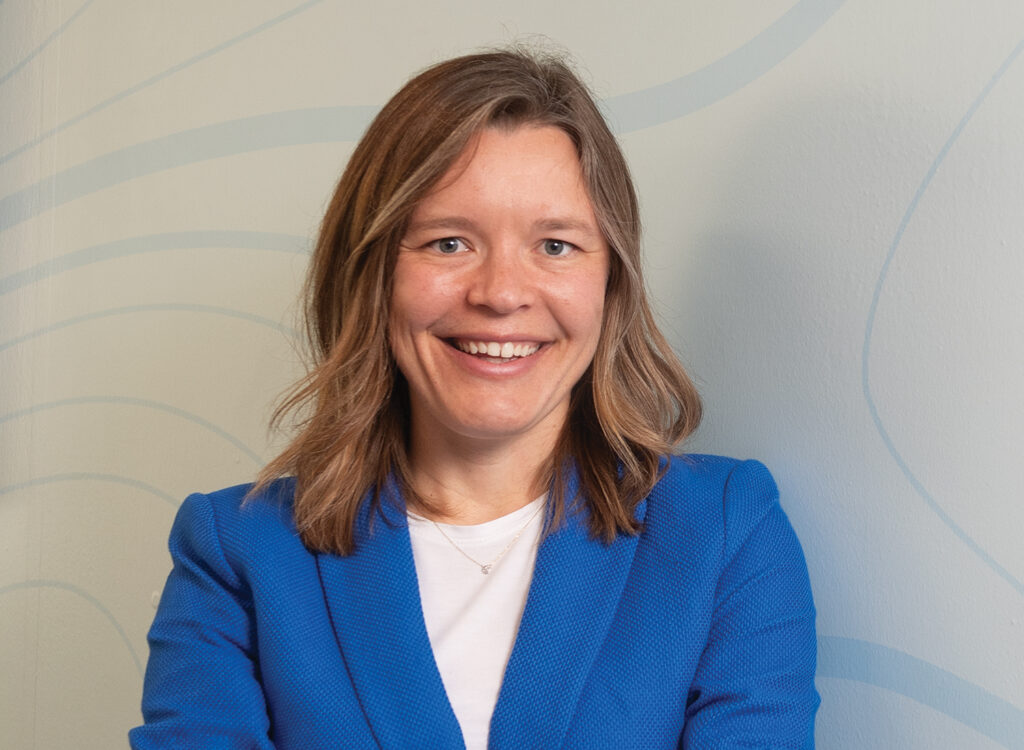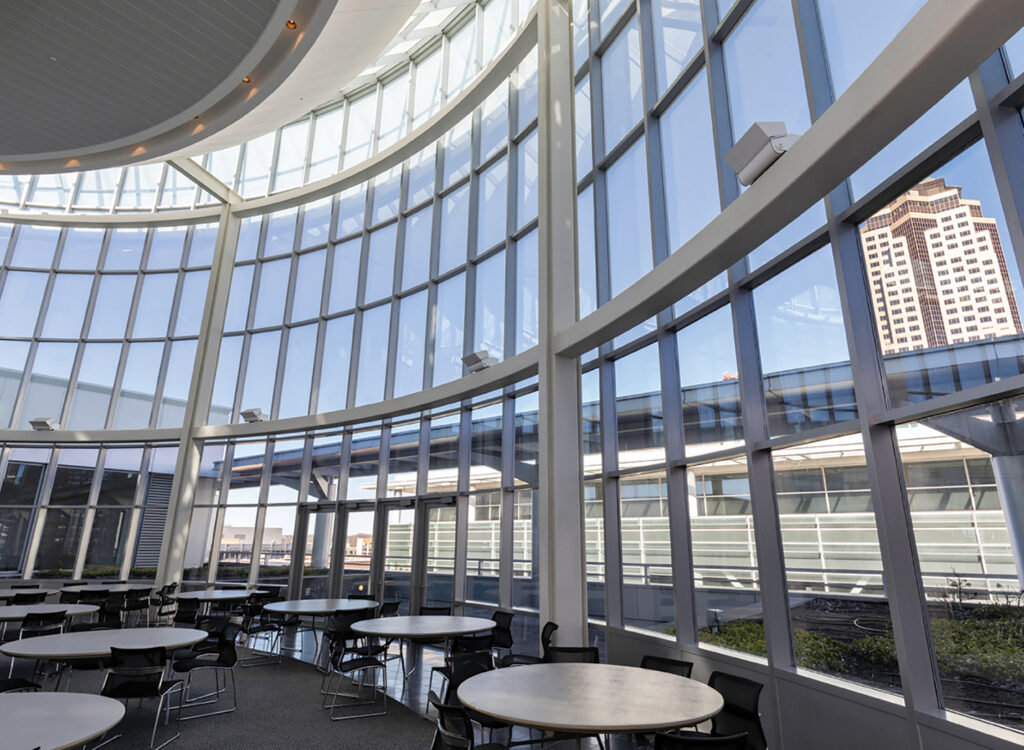The Elbert Files: How to improve the next election

I have a solution for what most people believe is a flawed process for nominating Democratic and Republican candidates for president.
A consistent refrain of this year’s election has been that the two major party candidates were the most disliked, distrusted and despised candidates ever nominated by their respective parties. Polls showed that more people voted against than for both Hillary Clinton and Donald Trump.
As residents of Iowa, where both parties’ nominating processes begin, we should all be feeling a little ashamed.
I’m sure political folks are already trying to figure out how to keep this from happening again.
Let me be among the first to propose a solution.
My plan is simple and fair, and it can’t possibly produce a worse result than the one we just witnessed.
One thing I noticed election night was that voter turnout varied a lot.
To determine how much, I put together a spreadsheet and divided the total number of votes for president in each state by an approximation of that state’s voting age population based on recent census data.
Then, I ranked the states top to bottom.
The state with the highest voter participation was Maine, where 74 percent of people 18 and older voted. The lowest turnout was in California, where 30 percent — fewer than 1 in 3 people of voting age — cast a ballot for president.
The turnout in Iowa was 64 percent, giving us the fifth-highest turnout behind Maine, New Hampshire (72 percent), Minnesota (68 percent) and Wisconsin (67 percent).
The average turnout for the entire country was 51 percent.
That is a disappointing number when you consider that Donald Trump and Hillary Clinton each received just under 60 million votes, or slightly less than 48 percent of the total vote.
With roughly 242 million voting-age Americans, the best-case scenario was that 1 out of 4 people voted for Trump and 1 out of 4 voted for Clinton.
Roughly half the voting-age population stayed home, meaning the real mandate from this election was “none of the above.”
If that’s not a cry for help, I don’t know what is. Here’s my solution.
In recent decades, the two parties have allowed Iowa to hold the nation’s first presidential nominating caucuses and New Hampshire to have the first presidential primary.
My proposal is that in 2020 we change that and allow states with the highest voter turnout in the previous election to go first. Call it a reward for being good citizens.
It just makes sense to allow states whose citizens display the most interest in participating to have first say in whom the next nominees will be.
At the same time, we should shorten the nominating window by having the first contests sometime in April.
Over a 10-week period, we could have five states hold nominating contests each week.
Based on this year’s results, New Hampshire and Iowa would remain at the front of the pack, but they would be joined by Maine, Minnesota and Wisconsin.
Second-week contests would be held in Michigan and Massachusetts, which each had 63 percent turnout this year, along with Delaware, Montana and Florida at 62 percent each.
The final week would feature contests in California (30 percent turnout), Utah (36 percent), Washington (37 percent) and Arizona (38 percent).
This proposal would encourage more states to turn purple, because states like New York and California that vote heavily Democratic, or Texas and Tennessee that are deeply Republican, currently have lousy turnouts.
And as long as such states insist on being disproportionately one-sided, the rest of us could, and should, limit their say in the nominating process.










